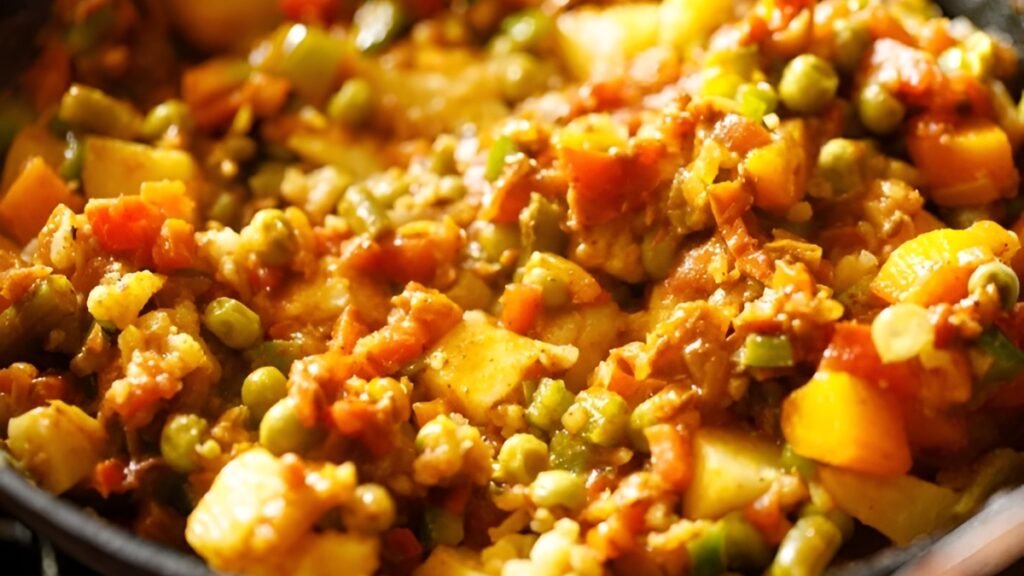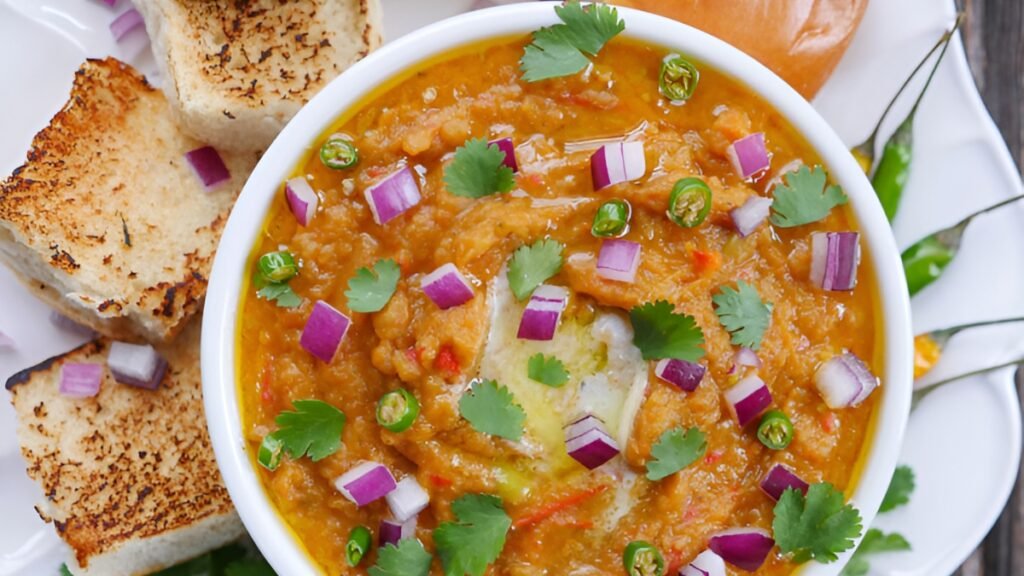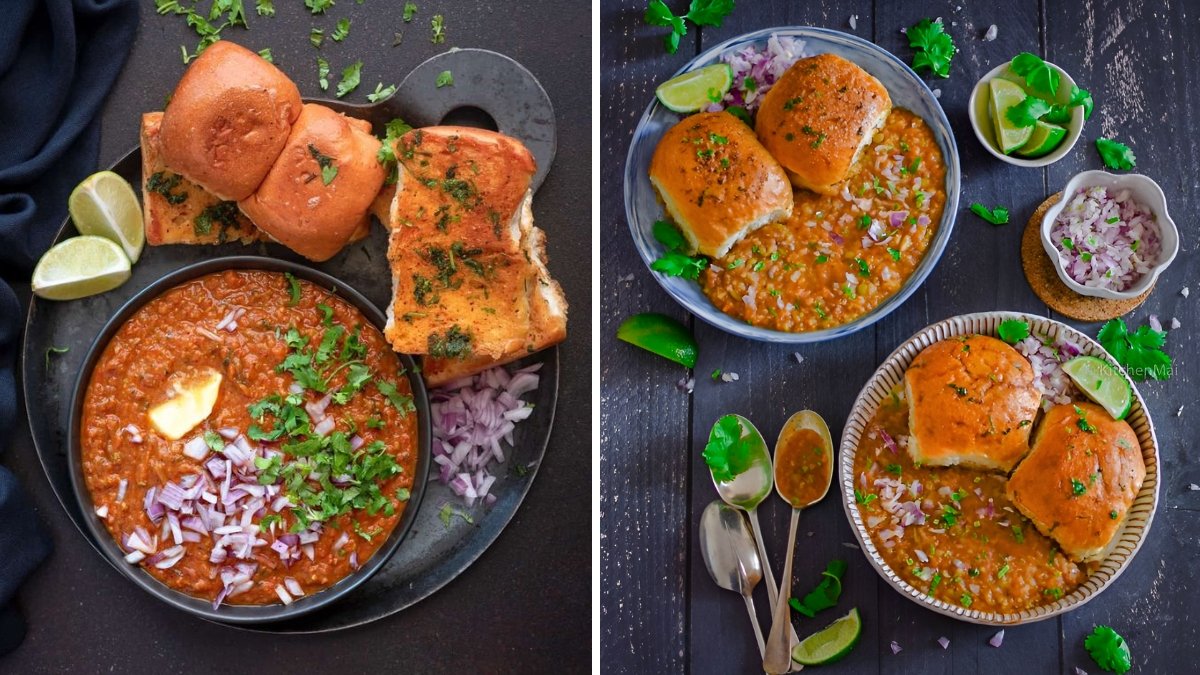Pav Bhaji is one of those dishes that can instantly lift your mood. The buttery, spicy vegetable curry paired with soft pav buns is a comfort food classic. Making it at home can sometimes feel tricky if you want that extra punch of flavor, but with a few smart steps, you can turn a simple Pav Bhaji into something unforgettable.
What Exactly Is Pav Bhaji and Why It Matters

Pav Bhaji is a popular Indian street food originating from Mumbai in the 1850s. It’s basically a spicy vegetable mash served with buttered buns. While it started as a fast meal for mill workers, it has now become a must-have at parties, family dinners, and festivals.
The key to great Pav Bhaji is a balance of spices, fresh vegetables, and butter. When done right, every bite should be flavorful, slightly tangy, and utterly comforting. Knowing what makes Pav Bhaji special helps you focus on the steps that truly enhance its taste.
When to Make Pav Bhaji for Maximum Flavor
Timing plays a role in flavor. Fresh vegetables make a huge difference, so cook your Pav Bhaji the same day you buy your ingredients. Also, letting the bhaji simmer for at least 15–20 minutes after adding spices allows the flavors to meld beautifully.
Serving it immediately while it’s hot is essential. Pav Bhaji tends to taste best fresh, with the butter melted into the warm bhaji and buns. If you’re preparing it for guests, start with prep a bit in advance but keep the final simmer for the last few minutes before serving.

How Pav Bhaji Works – Explained Simply
At its core, Pav Bhaji is about combining textures and flavors. You boil vegetables like potatoes, carrots, peas, cauliflower, and capsicum, then mash them into a smooth base. The magic comes from sautéing onions, garlic, and ginger, adding tomatoes, spices, and then combining everything with butter and a touch of lemon for brightness.
Think of it as a flavor layering process. Each step builds on the previous one, from the sweetness of onions to the tang of tomatoes, the warmth of spices, and the richness of butter. Skipping a step can make the bhaji taste flat, so it’s worth following the process carefully.

Best 5 Steps to Make Pav Bhaji Extra Flavorful
Here’s the practical, step-by-step approach to elevating your Pav Bhaji:
| Step | Action | Tip for Extra Flavor |
|---|---|---|
| 1 | Boil and mash vegetables | Use fresh vegetables and boil until soft but not watery. |
| 2 | Sauté aromatics | Cook onions until golden, then add garlic and ginger for a deep flavor base. |
| 3 | Cook tomatoes and spices | Puree tomatoes and cook with Pav Bhaji Masala, red chili, turmeric, and salt until the oil separates. |
| 4 | Mix and simmer | Combine mashed vegetables with tomato-spice mix, add butter, and let simmer for 15–20 minutes. |
| 5 | Garnish and serve | Add fresh coriander, lemon juice, and buttered pav buns for the ultimate flavor experience. |
Following these steps carefully ensures every bite is rich, flavorful, and authentic.
Common Mistakes With Pav Bhaji and How to Avoid Them

Many people make Pav Bhaji too watery, which dilutes flavor. Make sure to drain boiled vegetables properly. Overcooking spices or skipping the butter step can also affect taste.
Another common mistake is under-seasoning. Pav Bhaji Masala is key, but tasting and adjusting salt and chili while simmering ensures it suits your preference. Remember, flavor layering is what creates that restaurant-quality taste at home.
The Latest Tips for Extra Flavor
For an even tastier Pav Bhaji, consider roasting some vegetables before boiling. This adds a slight smokiness. Fresh lemon juice added at the end brightens the dish, and a dollop of butter melted into the bhaji right before serving gives it a rich, indulgent taste.
Also, don’t forget to toast the pav buns generously in butter. That crispy, golden exterior paired with the soft bhaji elevates the entire eating experience.
Conclusion
Making Pav Bhaji extra flavorful doesn’t have to be complicated. By understanding what makes it special, following the five key steps, avoiding common mistakes, and adding a few finishing touches, you can create a dish that rivals any street-side stall. Fresh ingredients, careful seasoning, and the right technique are your best friends here.
FAQ
When should I add butter to Pav Bhaji?
Add butter both while cooking and at the end for richness and a glossy texture.
What vegetables are best for Pav Bhaji?
Potatoes, peas, carrots, cauliflower, capsicum, and tomatoes are essential for authentic flavor.
Why does Pav Bhaji sometimes taste bland?
It’s usually due to undercooked spices, watery vegetables, or insufficient seasoning. Simmering the bhaji allows flavors to meld.
How long should Pav Bhaji simmer?
Simmering for at least 15–20 minutes helps develop deep, rich flavors.
Can I make Pav Bhaji ahead of time?
Yes, but for best flavor, reheat gently and add fresh butter and lemon juice before serving.
